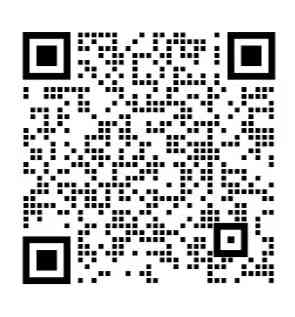在Stata中进行面板数据回归分析并想将行业作为控制变量时,你可以通过添加虚拟变量(也称为二元变量或指示变量)来实现。假设你有多个不同的行业,你可以为除了一个基线行业以外的所有其他行业创建虚拟变量,然后将这些变量加入到你的模型中。
例如,如果数据集包含5个不同行业,并且你想选择其中一个作为基准,则只需添加4个虚拟变量(分别代表其余的四个行业)。在Stata命令行或do文件中,你可能看到类似这样的代码:
```stata
xtreg dependent_variable industry2 industry3 industry4 other_independent_variables, fe i(indentity) robust
```
这里,“industry2”、“industry3”和“industry4”是为每个非基准行业创建的虚拟变量。`dependent_variable` 是你的因变量,而 `other_independent_variables` 则代表你模型中的其他控制变量。
如果行业信息在数据集中是一个分类变量(例如,“industry”),你可以使用 i. 前缀来自动生成这些虚拟变量:
```stata
xtreg dependent_variable i.industry other_independent_variables, fe i(indentity) robust
```
这将创建行业虚拟变量,并自动地选择一个基准行业,然后对其他行业的效果进行估计。
记住,“fe”选项代表固定效应模型,而 “i(identity)” 则是在 xtreg 命令中指定个体标识符。`robust` 选项则用于处理异方差问题。
最后,请确保你的数据已经使用 `xtset identity_variable time_variable` 进行了面板数据设置。这将告诉 Stata 数据集中的哪个变量是单位身份(如公司、国家等),以及哪个是时间序列标识符。
此文本由CAIE学术大模型生成,添加下方二维码,优先体验功能试用

 扫码加好友,拉您进群
扫码加好友,拉您进群